Throughout China, there are hundreds of cities that have almost everything one needs for a modern, urban lifestyle: high-rise apartment complexes, developed waterfronts, skyscrapers, and even public art. Everything, that is, except one major factor: people. These mysterious — and almost completely empty — cities are a part of China’s larger plan to move 250 million citizens currently living in rural areas into urban locations by 2026, and places like the Kangbashi District of Ordos are already prepped and ready to be occupied.
Photographer Kai Caemmerer became fascinated with these urban plans, and in 2015 he traveled to China to explore and document them. His series, “Unborn Cities,” depicts a completely new type of urban development. “Unlike in the US, where cities often begin as small developments and grow in accordance to the local industries, these new Chinese cities are built to the point of near completion before introducing people,” he told Business Insider.
See 12 eerie images from his series:
When Caemmerer found out about these empty cities, he was immediately fascinated. “As an architectural photographer, I found the notion of a contemporary ghost town to be appealing in a sort of unsettling way,” he said.
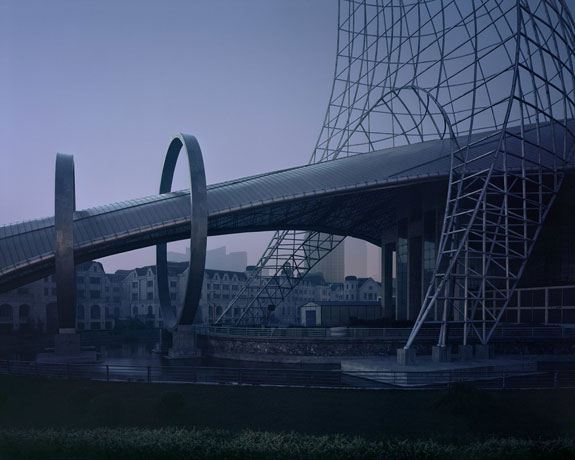
“Unborn Cities, No.02, 2015,” 44 x 55 inches. Pigment print. (credit: Kai Caemmerer)
“These new Chinese cities are built to the point of near completion before introducing people,” Caemmerer said. “Because of this, there is an interim period between the final phases of development and when the areas become noticeably populated, during which many of the buildings stand empty.”
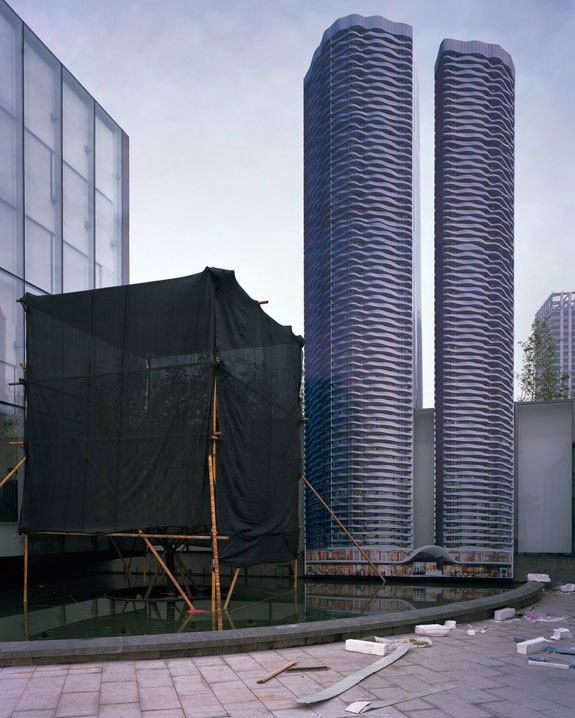
“Unborn Cities, No.92, 2015,” 55 x 70 inches. Pigment print. (credit: Kai Caemmerer)
In 2015, Caemmerer photographed the Kangbashi District of Ordos, the Yujiapu Financial District near Tianjin, and the Meixi Lake development near the city of Changsha.
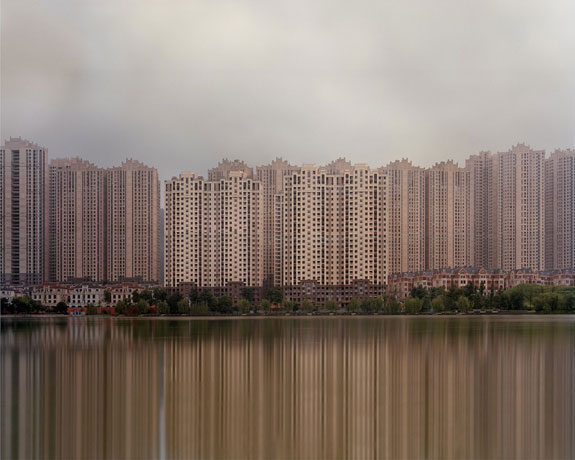
“Unborn Cities, No.18, 2015,” 55 x 70 inches. Pigment print. (credit: Kai Caemmerer)
“It was the uniform newness of these cities that originally piqued my interest,” Caemmerer said.
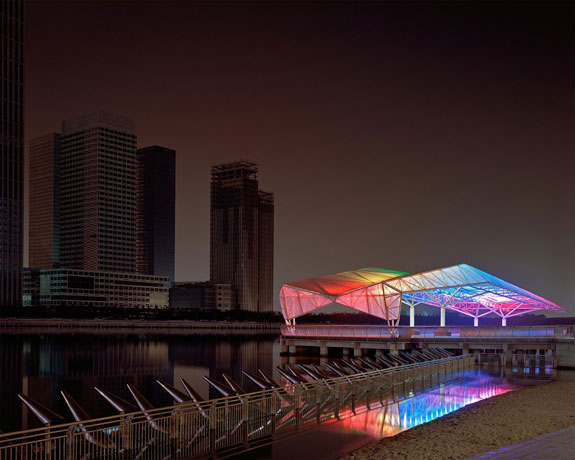
“Unborn Cities, No.07, 2015,” 44 x 55 inches. Pigment print. (credit: Kai Caemmerer)
“Oftentimes these ‘new areas’ are satellite cities located within the proximity of an older, more established city,” he explained.
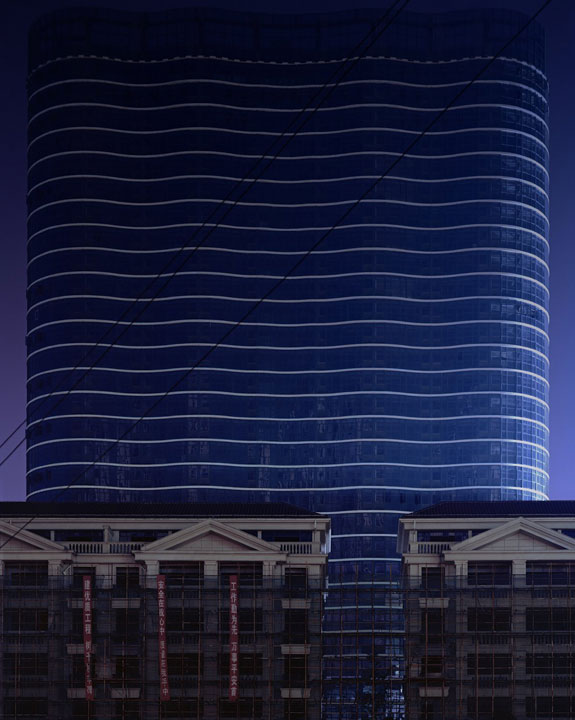
“Unborn Cities, No.15, 2015,” 55 x 70 inches. Pigment print. (credit: Kai Caemmerer)
Caemmerer would stay overnight at a neighboring, more populated city.
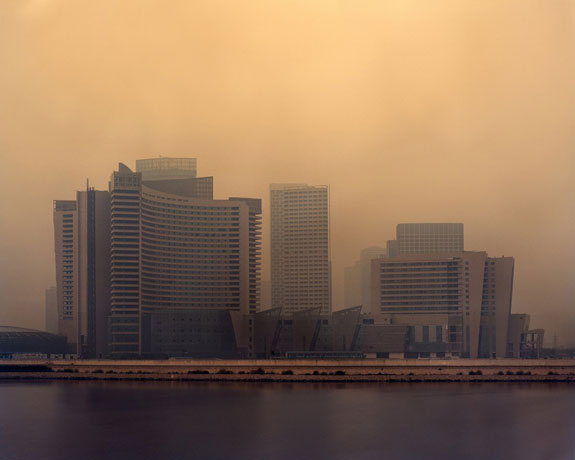
“Unborn Cities, No.01, 2015,” 55 x 70 inches. Pigment print. (credit: Kai Caemmerer)
He photographed twice a day — before sunrise and just after sunset — for 80 straight days.
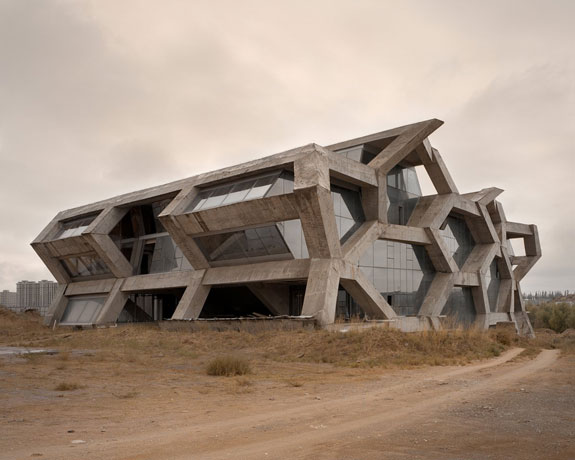
“Unborn Cities, No.21, 2015,” 55 x 70 inches. Pigment print. (credit: Kai Caemmerer)
Luckily, Caemmerer didn’t run into legal issues while photographing the cities, and in terms of safety, “These areas felt very secure,” he said.
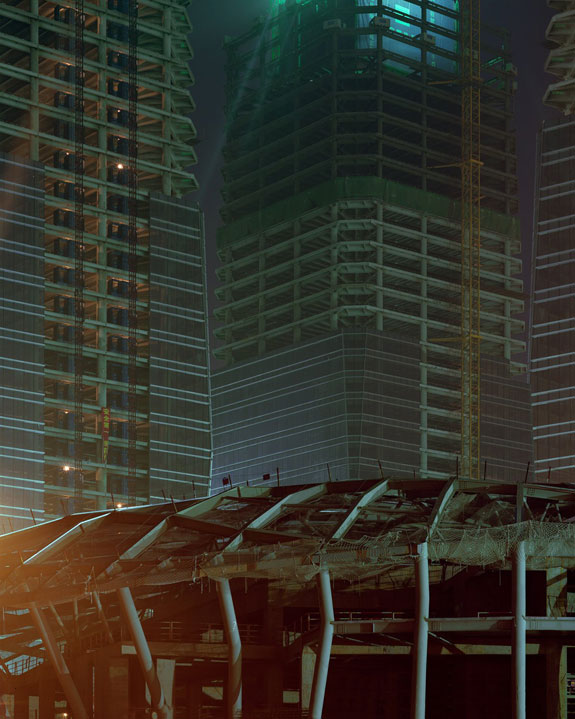
“Unborn Cities, No.89, 2015,” 55 x 70 inches. Pigment print. (credit: Kai Caemmerer)
Because of the newness of the places, Caemmerer described the cities as “surreal” and “uncanny.”
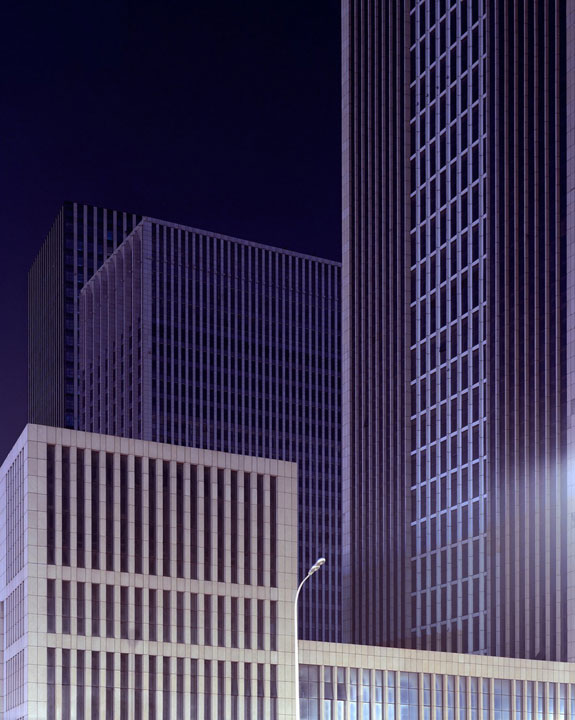
“Unborn Cities, No.46, 2015,” 55 x 70 inches. Pigment print. (credit: Kai Caemmerer)
“Oftentimes, when you’re in a city, you can locate yourself within the timeline of that city by identifying different eras of architecture or by interpreting the relative age of the structures and landscape around you. When visiting a city that has been built in just the past five or six years, these indicators of age are not yet visible,” Caemmerer said.
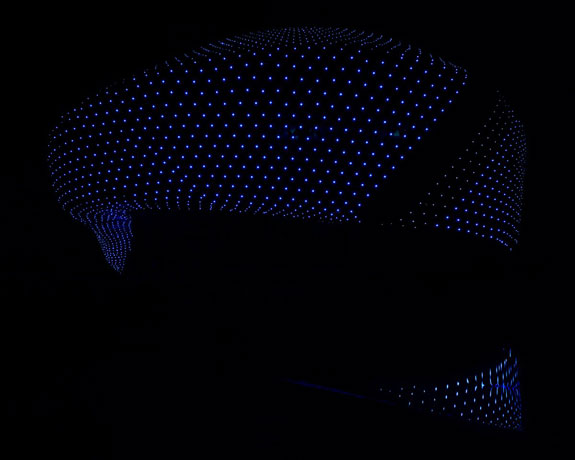
“Unborn Cities, No.09, 2015,” 55 x 70 inches. Pigment print. (credit: Kai Caemmerer)
When Caemmerer did, on the rare occasion, run into people, they were usually intrigued by his archaic-looking, large-format film camera.
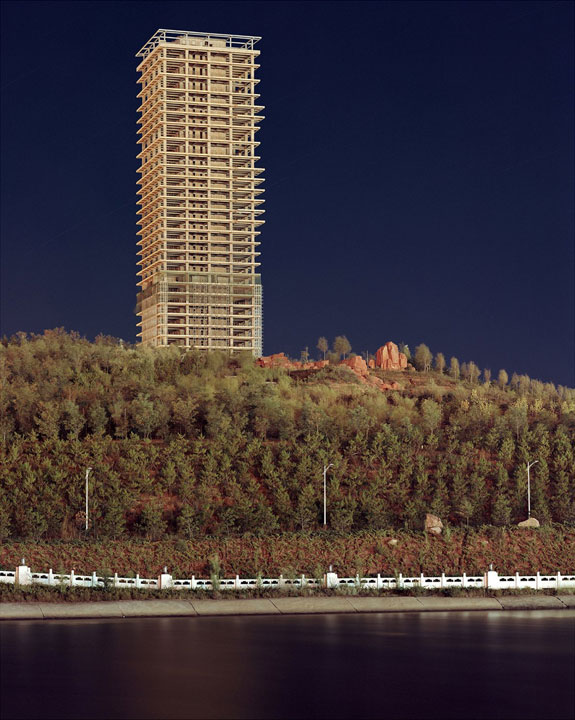
“Unborn Cities, No.33, 2015,” 55 x 70 inches. Pigment print. (credit: Kai Caemmerer)
These images are documenting a “complex moment in Chinese urbanization,” Caemmerer said. “Many of these new cities are not expected to be complete or vibrant until 15 to 25 years after they begin construction. They are built for the distant future, and at present, we can only speculate on what form they will have taken when they reach this point in time.”
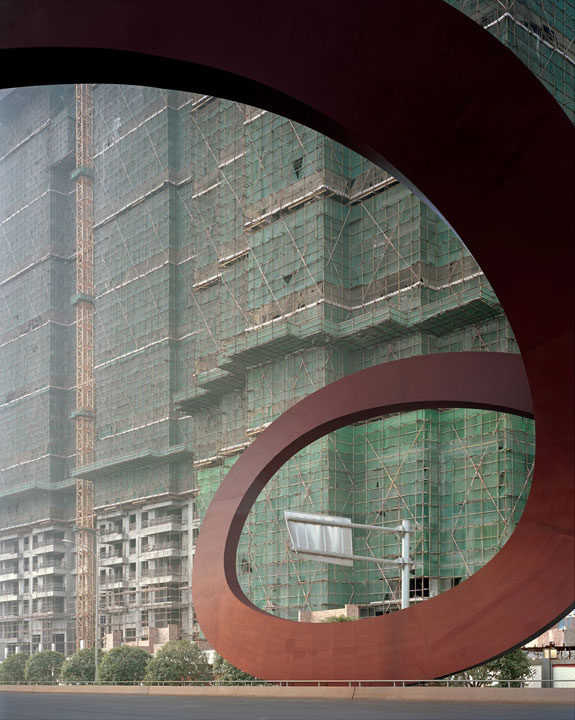
“Unborn Cities, No.88, 2015,” 55 x 70 inches. Pigment print. (credit: Kai Caemmerer)
